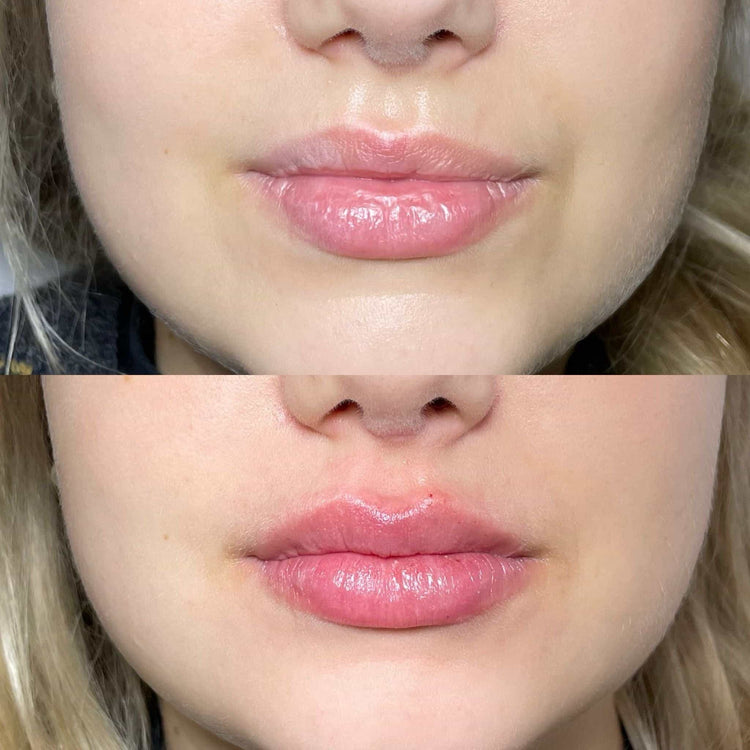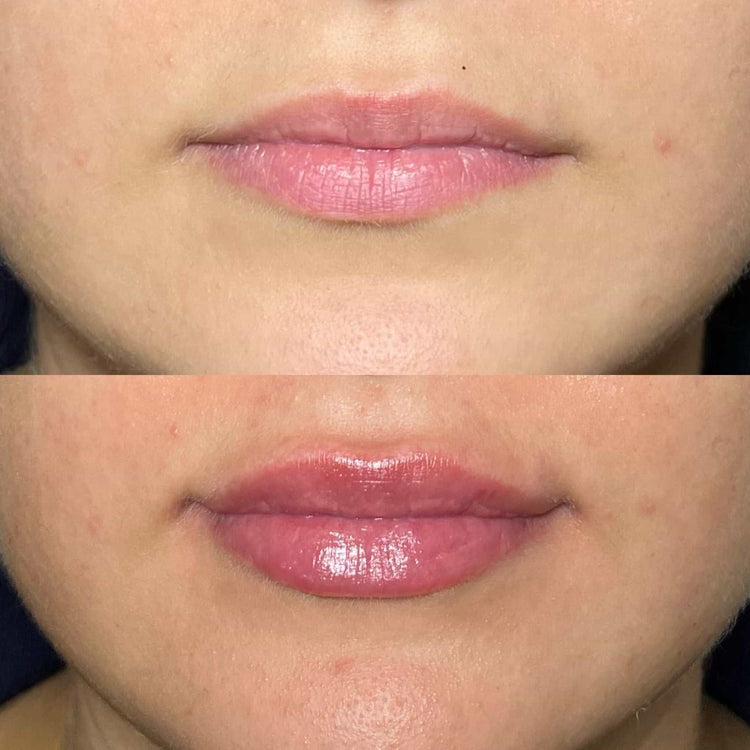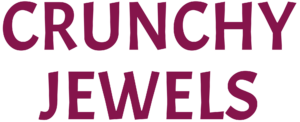Topical Anesthetic Application
Lip injections are a popular cosmetic procedure designed to enhance lip volume and fullness. While generally safe, they can involve discomfort during the injection process. Topical anesthetic application plays a crucial role in minimizing pain and ensuring patient comfort.
Choosing the Right Cream
Choosing the right topical anesthetic cream is essential for maximizing pain relief during lip injections. It’s important to understand that different creams have varying strengths and ingredients. Lidocaine is a common active ingredient, often found in concentrations ranging from 2% to 5%. Higher concentrations generally provide greater numbing effects but may require a longer application time.
When selecting a topical anesthetic cream for lip injections, consider factors like the concentration of lidocaine, the desired onset time, and any potential allergies or sensitivities you may have. Consulting with your injector is highly recommended to determine the most suitable option for your individual needs. Applying the cream as directed by your injector ensures optimal numbing and a more comfortable experience.
Applying the Cream Properly
Proper application of the topical anesthetic cream is vital for achieving effective pain relief during lip injections. Begin by thoroughly cleansing the area where injections will be administered, ensuring it’s dry and free of any oils or lotions. Then, gently apply a thin layer of the cream to your lips, covering the entire target area.
It is important to follow the instructions provided by your injector regarding the application time. Typically, you’ll need to wait 20-30 minutes for the anesthetic to take full effect. During this waiting period, avoid touching or rubbing the treated area.
If any irritation or discomfort arises during the waiting period, remove excess cream and consult with your injector.
Numbing Injections
Numbing injections are a common technique used to minimize pain during various medical and cosmetic procedures, including lip injections. These injections contain local anesthetic agents that temporarily block nerve signals, effectively reducing or eliminating pain sensation in the targeted area.
Injection Technique
During lip injections, numbing injections typically involve lidocaine. A small amount is injected into the tissue surrounding the lips, where the filler will be administered. This helps to numb the area and minimize discomfort during the injection process.
The injection technique usually involves a very fine needle that is inserted just beneath the surface of the skin. The injector will carefully administer the anesthetic, ensuring it spreads effectively to numb the targeted area.
Communication with Your Provider
Open and honest communication with your provider is essential for a successful lip injection experience. Discuss any concerns or anxieties you have about pain management. Your provider can answer your questions about numbing techniques, provide guidance on choosing the right topical anesthetic, and tailor the procedure to your individual needs.
Discussing Pain Tolerance
Communication with your provider regarding pain tolerance is crucial for a comfortable lip injection experience. Be open and honest about your past experiences with injections or any anxieties you may have about pain.
Let your provider know if you have a low pain tolerance or if certain types of pain are more bothersome to you. This information helps them determine the best numbing techniques and strategies to minimize your discomfort during the procedure.
Don’t hesitate to ask questions about the different numbing options available, including topical anesthetics and injections. Your provider can explain the benefits and potential side effects of each method, allowing you to make informed decisions that align with your preferences.
Asking About Additional Options
If you’re concerned about pain during lip injections, be sure to communicate openly with your provider. They can discuss various options available for minimizing discomfort, such as different types of topical anesthetics or additional numbing injections.
Don’t hesitate to ask questions about the specific numbing methods used in their practice, including the strengths of the anesthetics and the potential for side effects. This open dialogue will help ensure you feel comfortable and informed throughout the procedure.

Lifestyle Factors
Lifestyle factors can play a role in pain perception and tolerance. Getting enough sleep, managing stress levels, and eating a healthy diet can all contribute to better pain management during procedures like lip injections.
Hydration and Nutrition
Hydration is also important before and after lip injections. Drinking plenty of water helps keep your skin hydrated, which can make the injection process slightly less uncomfortable. It’s also essential for flushing out toxins and supporting overall health.
Nutrition plays a role in pain perception as well. A balanced diet with adequate vitamins, minerals, and antioxidants can help support your body’s natural healing processes and potentially reduce inflammation.
Avoiding Caffeine and Alcohol
Avoiding caffeine and alcohol before lip injections can help minimize pain and discomfort. Caffeine is a stimulant that can increase anxiety and make you more sensitive to pain. Alcohol can also thin the blood, which may make bleeding more likely during the procedure.
It’s best to avoid both substances for at least 24 hours before your appointment.
Distraction Techniques
Distraction techniques can be valuable tools for managing discomfort during procedures like lip injections. These methods aim to shift your focus away from the sensation of pain, reducing its perceived intensity. Techniques may include listening to music, engaging in conversation, watching a video, or focusing on your breath.
Music or Podcasts
Music and podcasts can be effective distraction techniques during lip injections. Choosing upbeat, enjoyable audio content can help take your mind off the procedure and create a more positive experience.
Having something engaging to listen to can distract you from any sensations of discomfort.
Breathing Exercises
Breathing exercises can also be helpful in minimizing pain during lip injections. Slow, deep breaths can help regulate your heart rate and reduce anxiety, which can contribute to a more comfortable experience. Techniques like box breathing or diaphragmatic breathing can be particularly beneficial.
Box breathing involves inhaling for a count of four, holding your breath for four counts, exhaling for four counts, and then holding your breath again for four counts. This rhythmic pattern can help calm your nervous system and promote relaxation. Diaphragmatic breathing focuses on expanding your belly as you inhale and contracting it as you exhale, engaging deeper respiratory muscles and promoting a sense of tranquility.
Post-Procedure Care
Minimizing pain during a lip injection procedure is essential for a comfortable experience. While lip injections are generally safe, some patients may experience discomfort during the procedure. Understanding various techniques and strategies for managing pain can help ensure a more pleasant experience.
Ice Packs and Compression
Post-procedure care plays a vital role in ensuring optimal healing and minimizing any potential complications after lip injections. One of the most effective methods for reducing swelling and discomfort is applying ice packs to the treated area.
Ice packs should be applied for 15-20 minutes at a time, several times a day, during the initial 24-48 hours following the procedure. This helps constrict blood vessels, reduce inflammation, and minimize swelling.

Compression can also be beneficial in minimizing swelling after lip injections. A gentle compression bandage or wrap can help support the treated area and reduce fluid buildup.
Wearing a light compression garment like a scarf over your lips may also provide additional comfort and support during the healing process.
Over-the-Counter Pain Relievers
Over-the-counter pain relievers, such as ibuprofen or acetaminophen, can be helpful in managing discomfort after lip injections. It’s important to follow the recommended dosage instructions on the medication label and consult with your injector or physician if you have any concerns about taking pain medications.
Hydration is crucial for post-procedure healing and minimizing swelling. Drinking plenty of water helps flush out toxins, promotes circulation, and supports tissue repair.
It’s recommended to increase your fluid intake in the days following lip injections to aid in the recovery process.
Avoiding activities that may put strain on your lips, such as vigorous exercise or facial massage, is important for proper healing. Allowing the area to rest and avoiding any potential irritation can help minimize swelling and promote optimal tissue repair.
Smoking should be avoided after lip injections, as nicotine constricts blood vessels and can impede the healing process.
It’s best to refrain from smoking for at least a few days after the procedure to ensure proper circulation and reduce the risk of complications.
Book your lip enhancement today with Dr. Laura Geige at It’s Me & You Clinic
- Skin Pen Microneedling Near Stoke D’Abernon, Surrey - November 17, 2025
- Skin Pen Microneedling Near Elstead, Surrey - November 16, 2025
- Skin Injectables Near Selhurst, Surrey - November 13, 2025

